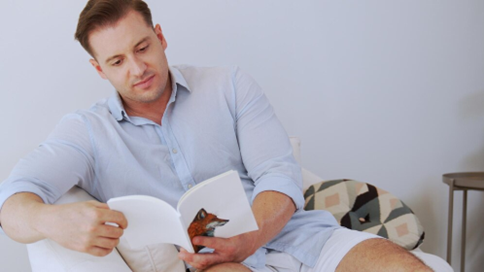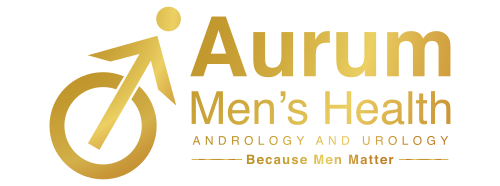Testicular torsion is a serious medical emergency that requires immediate attention. It occurs when the spermatic cord twists, cutting off blood supply to the testicle. This condition is most common in adolescents, but anyone with certain risk factors can be affected. Prompt action is crucial to prevent permanent damage. If left untreated, testicular torsion can lead to gangrene and loss of the affected testicle.
Understanding the Urgency
Testicular torsion isn’t just a minor discomfort—it's a full-blown emergency. The twist of the spermatic cord cuts off blood flow, risking the health of the testicle. If not addressed quickly, the tissue can begin to die, which may result in the need for removal of the testicle. Adolescents are frequently the most affected group, though this condition can occur in anyone, especially those with the "bell-clapper" deformity, which makes the testicles more prone to twisting. Immediate medical intervention ensures that any damage is minimized, and that the testicle can be saved.
Recognizing Symptoms Early
Recognizing testicular torsion symptoms early is critical for effective treatment. The most common signs include sudden, intense pain in the testicle and scrotum, which often worsens over time. Swelling and discoloration in the scrotum may also occur. Nausea and vomiting are common, sometimes accompanied by abdominal pain. In some cases, the affected testicle may feel higher than usual or appear pulled up into the scrotum. These symptoms should never be ignored, and immediate medical attention is necessary to prevent further damage.
Causes and Risk Factors for Testicular Torsion
While testicular torsion can occur spontaneously, certain risk factors increase the likelihood of this condition. The "bell-clapper" deformity, where the testicle is not properly anchored in the scrotum, is a common cause. Physical activity can sometimes trigger torsion, though it doesn’t directly cause it. Additionally, trauma or injury to the scrotum can lead to testicular torsion. Awareness of these risks can help in early identification and quicker intervention.
Diagnosis and Treatment: A Race Against Time
When testicular torsion is suspected, immediate diagnosis and intervention are essential. The doctor will begin with a physical examination to check for tenderness and abnormal testicle positioning. A Doppler ultrasound is commonly used to assess blood flow to the testicle and confirm the presence of torsion. In most cases, surgery is required to correct the condition. The procedure, known as orchiopexy, involves untwisting the spermatic cord and securing the testicle in place to prevent future torsion. It’s vital to act quickly, as the sooner the surgery is performed, the better the chances of saving the testicle.
Education, Prevention, and Aftercare
Preventive surgeries, such as orchiopexy for adults, may be considered for those at high risk of testicular torsion. After surgery, it is important to follow proper aftercare instructions, including adequate rest and avoiding physical strain. Regular follow-up visits are necessary to ensure recovery and monitor for any complications. Emotional support is also vital, as the experience of testicular torsion and the potential impact on fertility and self-esteem can be overwhelming.
When to Seek Immediate Medical Attention
If you suspect testicular torsion, time is of the essence. The quicker you seek medical attention, the higher your chances of preserving the testicle. Early intervention is crucial for the best outcome. At Aurum Men's Health, our team specializes in handling these urgent situations and providing rapid, expert care. If you or someone you know experiences symptoms of testicular torsion, don’t hesitate to contact us for immediate medical assistance.




